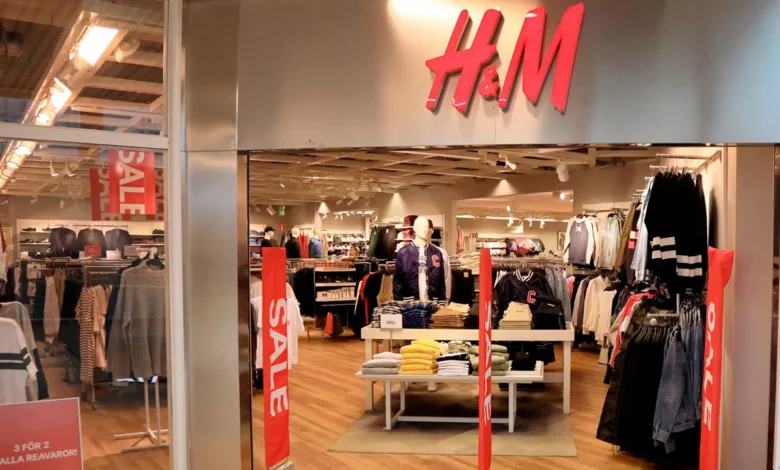H&M: The Revolution of Fashion and Sustainability

H&M, also known as Hennes & Mauritz, is a globally recognized Swedish fashion brand that has had a significant impact on the retail industry. With its affordable and trendy clothing, H&M has revolutionized the way people shop for fashion. However, the influence of H&M goes beyond its stylish offerings. The company has also been a pioneer in the field of sustainable fashion and has set a new standard for the industry. In this article, we will explore H&M’s journey from humble beginnings to its position as a leader in fast fashion and sustainability.
The Birth of H&M
H&M was founded in 1947 by Erling Persson in Västerås, Sweden. Initially, the business named Hennes specialized in women’s clothing. In 1968, Persson acquired Mauritz Widforss, a retailer of hunting and fishing gear, and merged the two stores to create Hennes & Mauritz. With this expansion, H&M began its journey to becoming a global fashion company.

The Fast Fashion Phenomenon
H&M played a crucial role in popularizing the concept of fast fashion. By offering fashionable clothing at affordable prices, H&M enabled consumers to keep up with the latest trends without breaking their budget. The company achieved this through efficient supply chain management, rapid production cycles, and an extensive network of global suppliers. H&M’s ability to swiftly deliver trendy styles to stores worldwide propelled it to the forefront of the fast fashion movement.
Sustainability and Conscious Collections
As it grew, H&M also strengthened its commitment to sustainability. In 2011, the company launched its Conscious Collection, a line of clothing made from sustainable materials such as organic cotton, recycled polyester, and Tencel®. This marked a significant shift in the fashion industry, as H&M demonstrated that sustainability and style can go hand in hand. The Conscious Collection served as a catalyst for H&M’s ongoing efforts to minimize its environmental impact and promote ethical practices throughout its supply chain.

Circular Economy Initiatives
Recognizing the need for a circular approach to fashion, H&M introduced several initiatives to reduce waste and promote clothing recycling. In 2013, the company launched its garment collection program, allowing customers to drop off unwanted clothing at H&M stores worldwide. These garments are either resold, recycled into new textiles, or repurposed for other uses. Additionally, H&M has experimented with rental services, allowing customers to rent clothing for special occasions, further extending the lifecycle of garments.
Transparency and Ethical Supply Chains
H&M understands the importance of transparency and responsibility in the fashion industry. The company has taken measures to ensure that its supply chain adheres to ethical standards. H&M publishes an annual sustainability report that outlines its progress and challenges in areas such as working conditions, environmental impact, and chemical management. The company also collaborates with organizations like the Better Cotton Initiative and the Ethical Trading Initiative to promote fair working practices and improve conditions throughout the industry.

Collaborations and Fashion Innovations
H&M is known for its high-profile collaborations with renowned designers, celebrities, and influential figures in the fashion industry. These partnerships have not only increased the appeal of the H&M brand but also expanded the boundaries of fashion innovation. Through collaborations with industry leaders, H&M has introduced limited collections that combine groundbreaking design with affordable prices, allowing customers to experience high-quality fashion at accessible prices.
Social Responsibility and Diversity
Beyond sustainability and fashion, H&M actively engages in social responsibility initiatives. The company supports numerous nonprofit organizations and community programs focusing on education, equality, and empowerment. H&M also advocates for diversity and inclusion in its advertising campaigns, featuring models of various ethnicities, body types, and backgrounds to promote a more inclusive representation in the fashion industry.

H&M has revolutionized the fashion industry with its fast fashion model, offering consumers worldwide affordable and trendy clothing. However, the brand’s impact extends beyond fashion accessibility. H&M is a trailblazer in sustainable fashion, advocating for circular initiatives, transparency in the supply chain, and ethical practices. By combining style, affordability, and social responsibility, H&M has set a new standard for the industry, inspiring other fashion brands to embrace sustainability and drive positive change. As H&M continues to innovate and evolve, it stands ready to shape the future of fashion and prove that fashion can be both trendy and sustainable.




